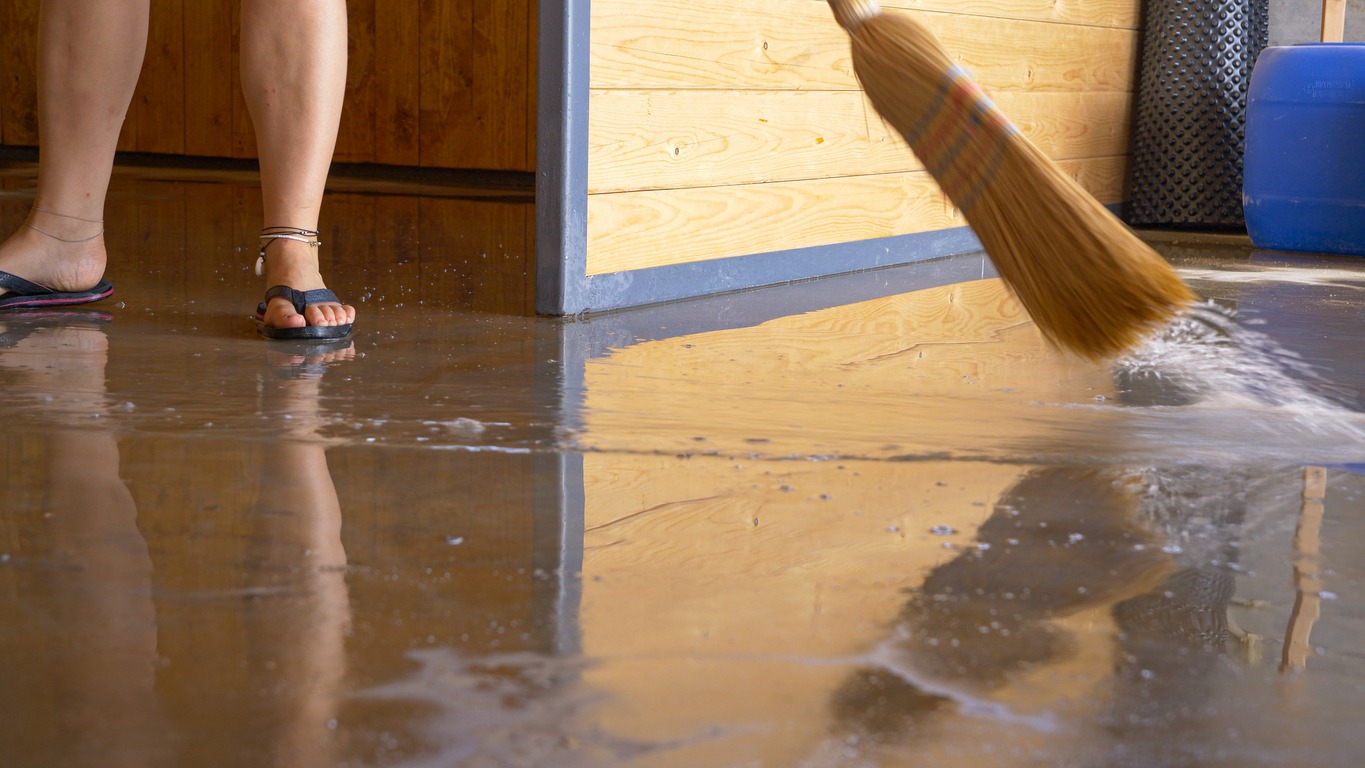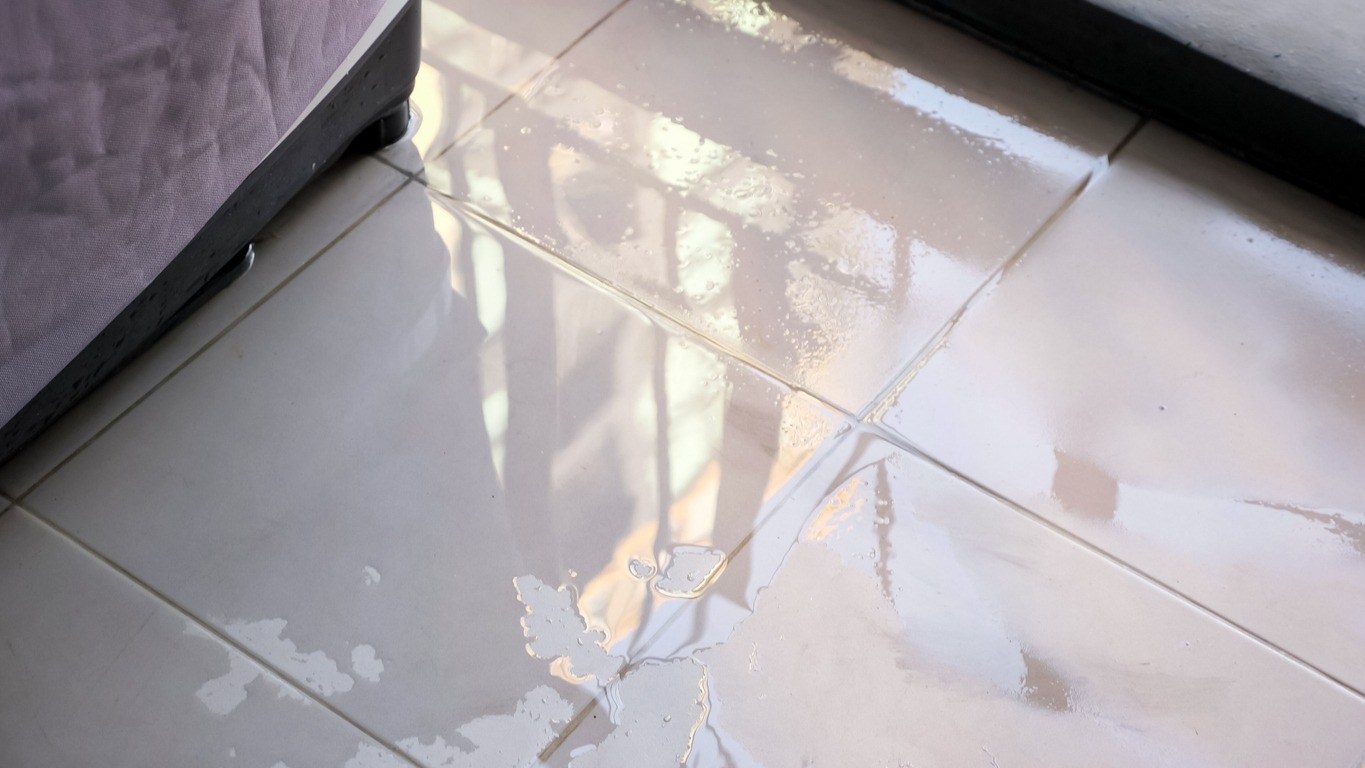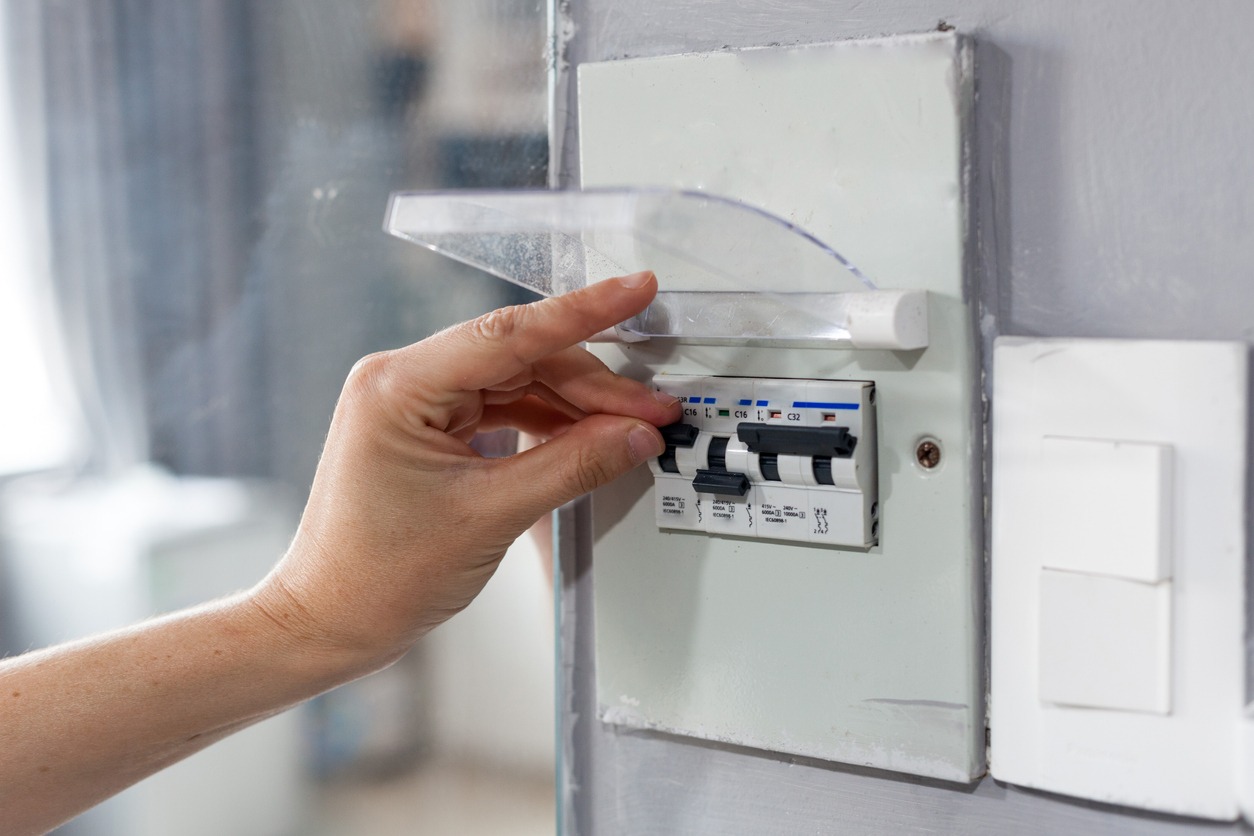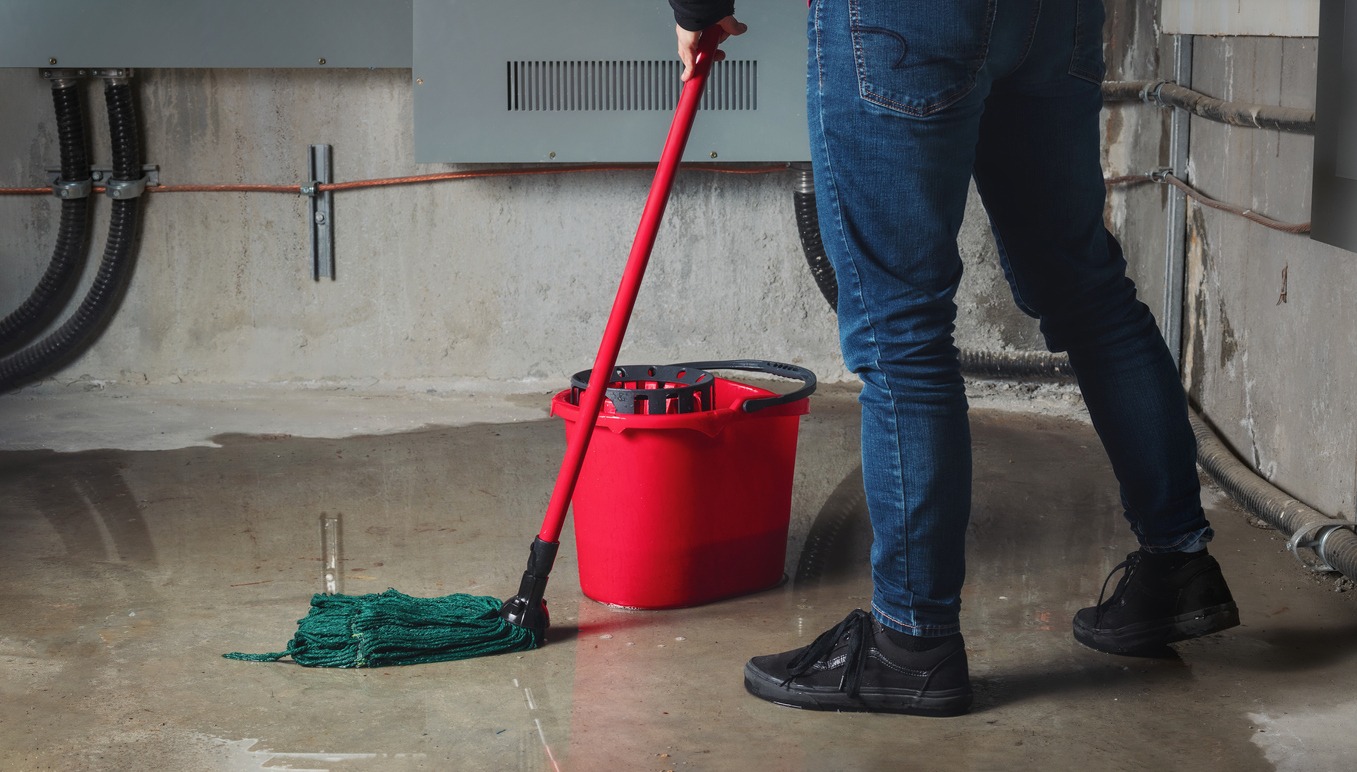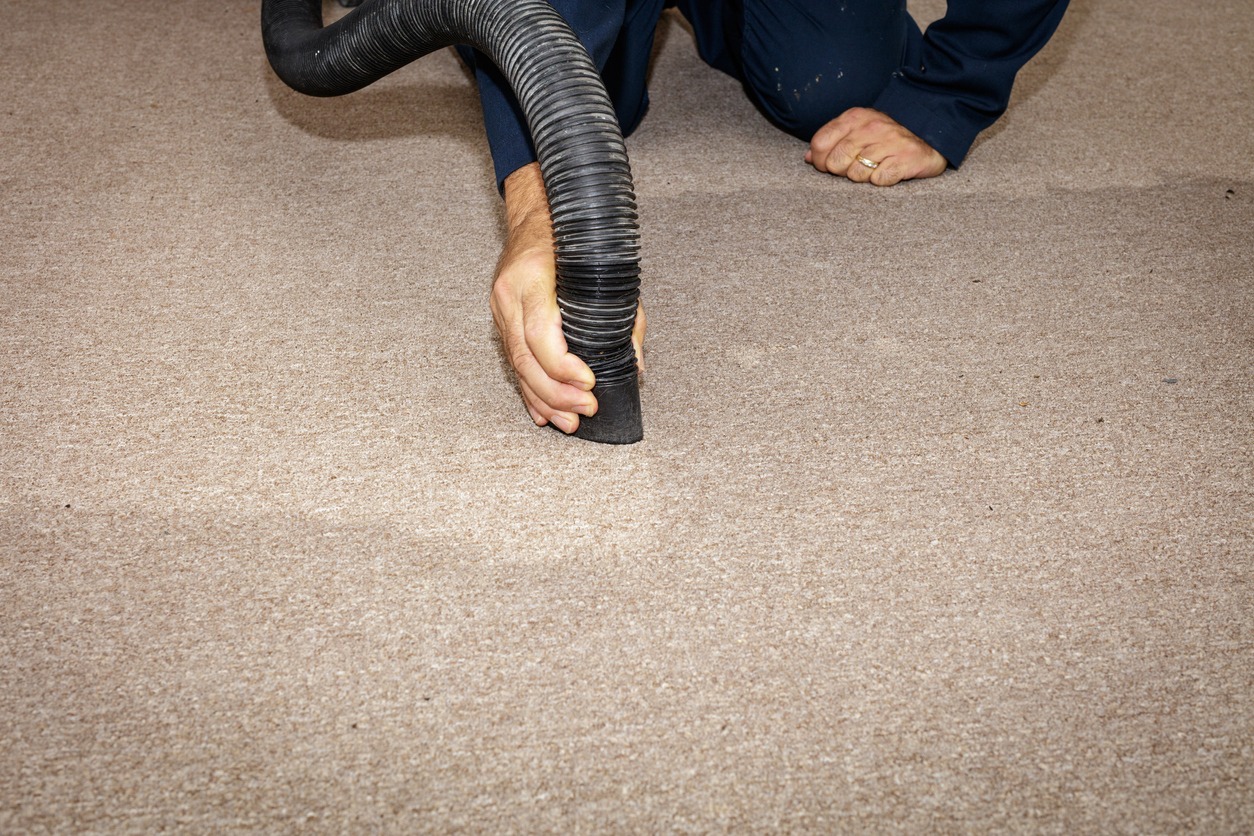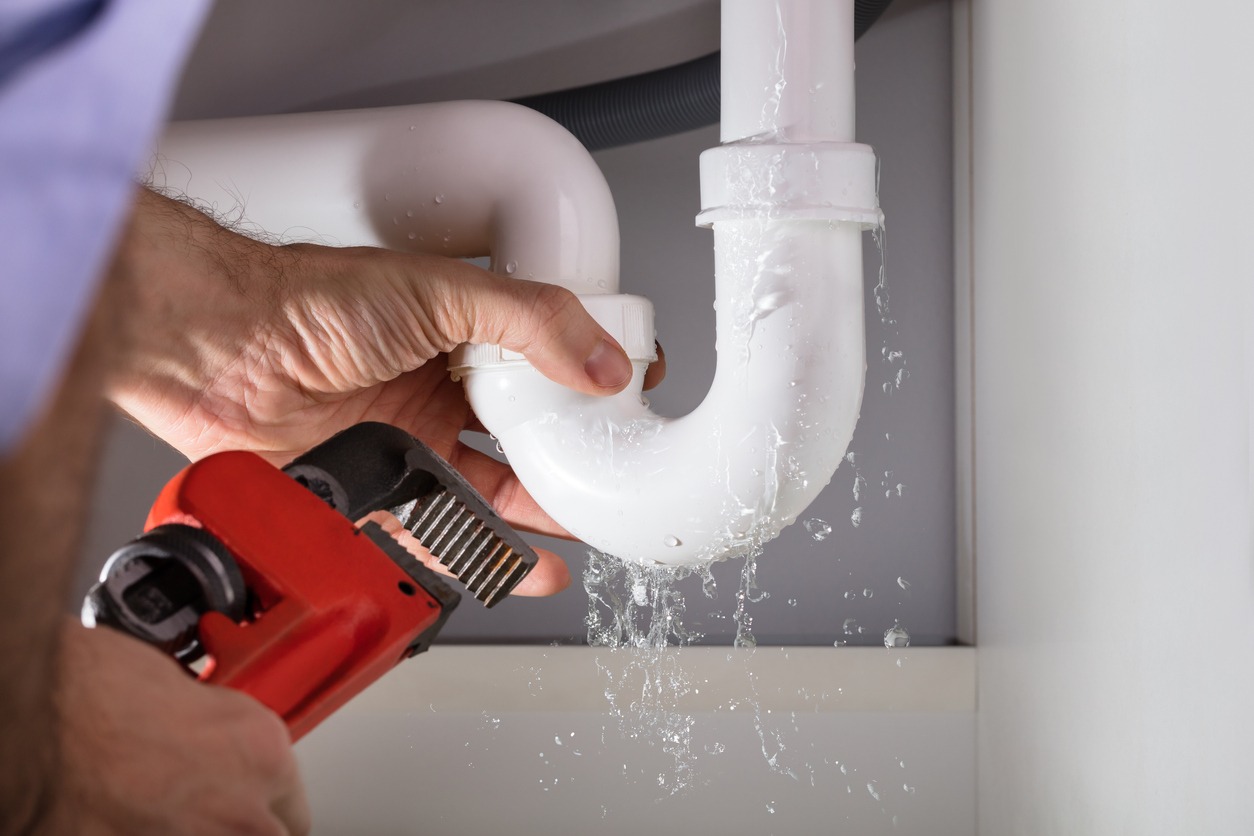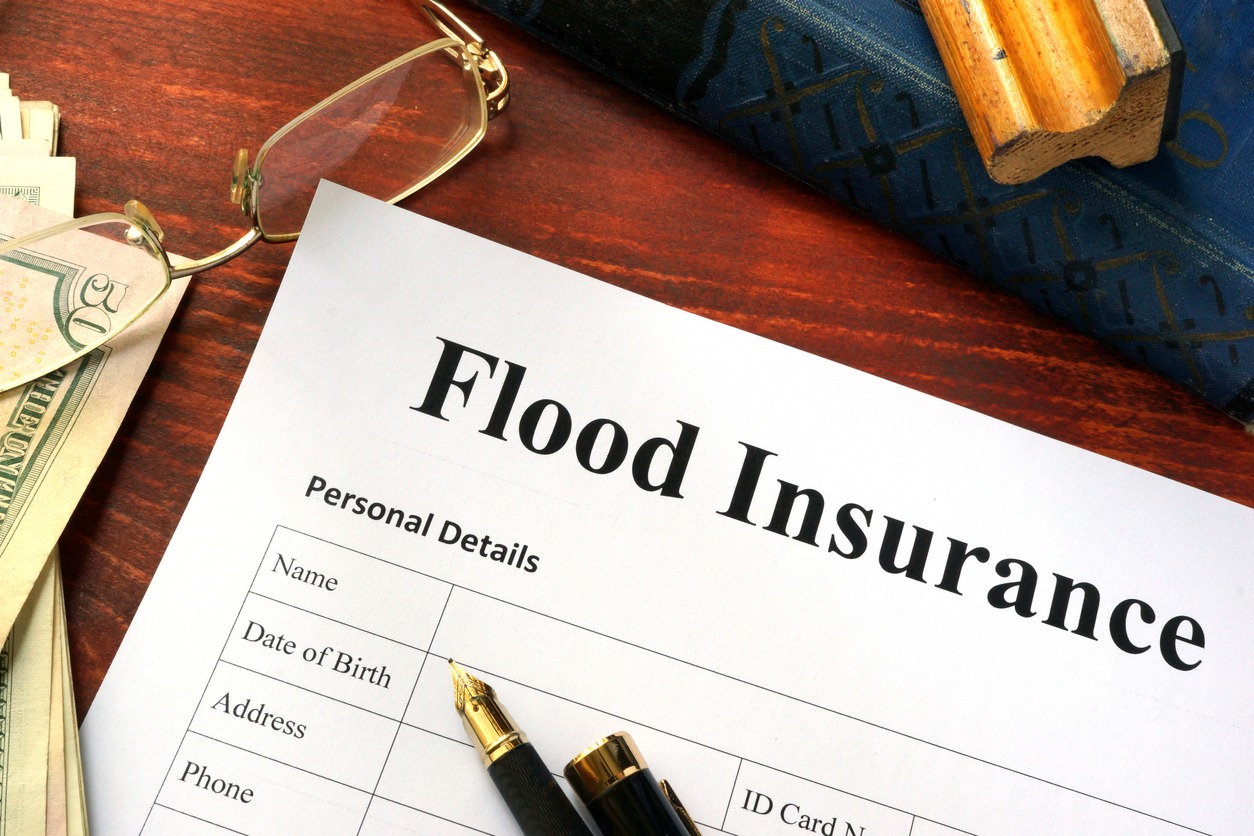A flooded basement is probably one of the worst nightmares for homeowners as it can cause significant damage to property and pose safety risks. There are many different reasons as to why a basement is flooded. It may be due to heavy rains, plumbing issues, or other causes. When your basement gets flooded, it needs immediate attention and careful action. Based on experts, you need to act quickly to mop up water and repair the damage caused by the flood. It’s because mold can begin to grow within 24 to 48 hours. You’ll also want to retrieve damp items and dry them out as soon as possible.
In this article, we are going to provide you with some of the best tips on what to do if your basement is flooded. By following these steps, you’ll be able to mitigate damage, ensure your safety, and take measures to prevent future flooding incidents. Always remember that acting fast and seeking professional help are among the keys to handling this type of challenging situation effectively. To further help you, read on and learn about the necessary actions you should take when faced with a flooded basement.
Assess the Situation
When you find out that your basement is flooded, what you need to do is stay calm and proceed with a systematic assessment of the situation. In order to make informed decisions on how to proceed, you need to take time in evaluating the extent of the flooding and identifying the source. Below are some of the things you can do to assess the situation:
Prioritize Safety
In situations like these, the safety of everyone should be your top priority. Therefore, before you enter the flooded basement, make sure there are no electrical hazards. If there is standing water near electrical outlets or appliances, do not enter the flooded basement until the electricity has been turned off.
Identify the Source
Try to look for the cause of the flooding. Some of the common sources of basement floods include burst pipes, heavy rain, foundation leaks, or sewer backups. Once you understand the source, you’ll be able to take appropriate measures to address the issue effectively.
Measure the Water Level
It is also essential to assess the depth of the water in the basement. If it is a minor flood, limited to just a few inches, the cleanup process might be easy to do on your own. However, if the water level in the basement is high or if it covers a large area, you may need to seek professional assistance when it comes to cleaning the basement.
Inspect the Property
Check the flooded area and examine the condition of your belongings, furniture, appliances, and other items that are stored in the basement. Make sure that you take note of the damaged items and prioritize salvageable possessions.
In addition to that, you should also look for any signs of structural damage, such as cracks in the walls, support beams, or foundations. It’s because structural issues can compromise the integrity of your home. Therefore, if you notice any significant damage, consider evacuating until a professional can assess and address the situation.
Evaluate Water Contamination
You should also determine whether the floodwater in the basement is clean, gray, or blackwater. If it is clean water, it may be from rain or a broken pipe. If it is greywater, it may contain some contaminants. Blackwater, on the other hand, is very unsanitary and poses health risks. It may be due to sewage backups. Keep in mind that handling blackwater needs extreme caution and may need professional cleanup.
Document the Damage
It is also essential to take photos or videos of the flooded basement and the affected belongings. You can use these records for insurance claims and future reference.
Turn Off Utilities
After assessing the flooded basement and confirming that it is safe to do so, the next step you need to take is to turn off utilities to prevent further damage and ensure the safety of everyone in your home. It’s because flooding can create electrical hazards and damage gas lines. Therefore, it is essential to shut off relevant utilities in your home.
The first thing you need to do is to locate the electrical panel or circuit breaker box of your home. If it is located in the basement and the area is already flooded, do not attempt to enter the water to access it. Instead, you should turn off electricity from outside the basement. If you are unsure or uncomfortable doing this, calling a licensed electrician is a good idea to handle the situation safely.
Aside from turning off electricity, you also need to shut off the gas supply if your home has one, particularly if you suspect any gas leaks due to flooding. Most gas shut-off valves are located near the gas meter. Turn the valve to the “off” position.
Also, if flooding is minimal and has not reached electrical outlets or appliances, unplug all of them to prevent electrical hazards. However, if the area is already flooded, do not touch any electrical appliances while standing in water or with wet hands. If the basement flood is due to a burst pipe or plumbing issue, it is also best to shut off the water supply in the affected area. Find the main water shut-off valve in your home and turn it off to prevent further water flow.
Remove the Water in the Basement Safely
After you’ve turned off all utilities and ensured the basement is safe to enter, the next step is to start removing the water from the flooded area. It is essential to do proper water removal to prevent further damage to your property and to create a safe environment for cleanup and restoration. Below are some tips you can follow when it comes to removing flood water in the basement:
Wear Protective Gear
Before you enter the flooded basement, it is best to put on protective gear, such as waterproof gloves, rubber boots, and a face mask. These will protect you from possible contaminants in the water.
Use a Submersible Pump
If you have a significant amount of standing water in the basement, a submersible pump is an effective tool for water removal. Submersible pumps are designed to operate while submerged and can quickly pump out large volumes of water. Follow the manufacturer’s instructions and safety guidelines when using the pump.
Utilize a Wet/Dry Vacuum
For smaller amounts of water or areas where a submersible pump is impractical, a wet/dry vacuum can be used. This type of vacuum is designed to handle liquids and can help extract water from carpets, floors, and other surfaces.
Use Bucket and Mops
For minor flooding or when access to specialized equipment is limited, use buckets and mops to manually remove water. This method might be time-consuming, but it can still be effective for small-scale flooding.
Direct Water Away
As you remove water, ensure it is directed away from the house to prevent it from seeping back into the basement. If possible, direct the water towards a drainage system or an area with proper runoff.
Dispose of Water Properly
Dispose of the pumped-out water responsibly, following local regulations and guidelines. Do not dump the water into storm drains or the sewer system without authorization.
Dry Out the Basement
When you have successfully removed the standing water from the flooded basement, the next step is to dry out the area thoroughly. This is essential to prevent mold growth and further structural damage. It will also help in restoring a safe living environment.
There are different ways that you can dry out the basement effectively. For instance, you can open all the windows and doors to promote air circulation and allow fresh air to enter the basement. This will help expedite the drying process and reduce humidity levels. Aside from that, you may also position large fans around the basement to increase airflow. Make sure that the fans are pointed toward the damp areas, such as walls and floors to help in drying.
In order to remove moisture and prevent mold growth, using dehumidifiers may help. Place them in strategic locations throughout the basement to speed up the drying process. Just make sure you empty the collected water from the dehumidifiers regularly.
Make sure that you remove any wet carpets, rugs, insulation, and damaged drywall from the basement as these can retain moisture and provide an ideal environment for mold growth. Once the area is dry, clean and disinfect all the surfaces that came into contact with the floodwater. Remember that drying out a basement can take time, particularly if the flooding was extensive. Just be patient and continue with the drying process until the moisture levels return to normal.
Salvage and Clean Belongings
Once the basement is dried out successfully, the next step is to salvage and clean your belongings that were affected by the flood. It is best to sort the items by separating those that are salvageable or slightly wet and can be saved and those that are damaged beyond repair.
Most items that are made of glass, metal, or plastic can be saved. You just need to clean and disinfect them well. For clothing and fabric items, washing them in hot water with detergent may help. For carpets and rugs that are a bit wet, you may use a wet/dry vacuum to extract moisture before cleaning and disinfecting them.
If there are books or paper items affected by the flood, you can separate them to air-dry. You can use fans or dehumidifiers to facilitate drying these items. Make sure that you sanitize all hard surfaces and toys by using warm soapy water, followed by disinfection with a mixture of water and bleach. All irreparable items should be disposed of properly. It is also best to document the damaged items for insurance claims and keep records of what was saved and what had to be discarded.
Address the Root Cause of the Basement Flood
Once you have cleaned and restored your basement to a safe and dry state, the next thing to do is to address the root cause of the flooding. It is important to take steps to prevent future incidents to avoid the stress, damage, and expenses that come with basement flooding.
It is important to determine the exact cause of the flood. If it is due to a burst pipe or plumbing issue, you can hire a licensed plumber to repair or replace the damaged parts. If it is due to poor drainage, you can consider making necessary improvements, such as extending downspouts away from the foundation, installing gutter extensions, and more.
If the basement flooding is due to foundation cracks or leaks, it is better to consult a professional to seal them properly and prevent water from seeping into the basement during heavy rainfall or flooding. If the flood is due to sewage backups, you may consider installing backflow prevention devices in your sewer line to help keep sewage from flowing back into your home during heavy rains.
Addressing the root cause of the flooding will help minimize the risk of future incidents and provide you with peace of mind during stormy seasons or extreme weather events.
Call for Professional Help
When dealing with a flooded basement, it is important to know when the situation needs the expertise and equipment of professionals. If the situation is overwhelming for you and you do not have any idea what to do, calling for professional help can make the difference between a successful restoration and further damage. Therefore, if there is significant flooding, sewage backup, electrical hazards, structural damage, or mold growth, do not hesitate to call for professional help.
When contacting a water damage restoration company, look for reputable, licensed, and insured professionals with experience in handling basement flooding. They should be available 24/7 for emergency services, have advanced equipment for water extraction and drying, and offer mold remediation if needed.
Remember that time is of the essence when dealing with water damage, as delays can lead to further damage and mold growth. Don’t hesitate to reach out for professional help to protect your property and ensure a successful restoration process.
Call Your Insurance Company
Natural floods brought on by storms and other weather occurrences are typically not covered by homeowner policies. However, you might be covered if a pipe breaks or another form of household accident caused your basement to flood. Contact your insurance agent as soon as possible and give them the specifics of the flood and any potential damage.
The company will dispatch a claims representative for an inspection if you have insurance. To file a claim for compensation, take pictures of the damage and make a list of everything that was there. Also, if you haven’t already found any contractors, ask the insurance company for recommendations while you’re on the phone, especially for a water damage restoration firm.
Conclusion
Dealing with a flooded basement is indeed very stressful as there are a lot of things to think about. However, this situation does not have to be disastrous if you act calmly and quickly. It is never an easy experience to repair basement flooding, but knowing how to find solutions right away may help reduce any long-term damage it may cause to your property. After taking care of the issue and having your basement restored, it is also a good idea to talk to professionals to learn how to update and make improvements or repairs to prevent another flood from occurring. We hope this article helped you learn more about what to do if your basement is flooded.

